Pasta is a typical Italian food, but it didn’t come from Italy. It seems that it was already known by the Greeks, but was put aside at the time of the Roman Empire; it was then brushed up on by the Arabs and the Chinese. Only a few centuries ago, however, people have learned to season it with tomatoes and to really taste it.
Some people say that pasta was invented by the Chinese and brought to Europe by Marco Polo in 1295. What is certain is that in the first millennia B.C. we only have news of the existence of bread and focaccia cooked on hot stones or in ancient ovens.
We have the first testimonies of this food, prince of the Mediterranean diet today, in the Persian and Greek civilizations. The first to talk about it, in the 5th century BC, is the playwriter Aristophanes, who describes a type of pasta like ravioli in one of his plays.
Traces of the use of pasta can be found in the Etruscans: in a tomb in Cerveteri, in fact, tools used to prepare ravioli were found.
During the Roman era, we often speak of lagane, more or less wide strips of pasta often stuffed with vegetables. Horace mentions them, as well as Terenzio Varrone, in the 1st century BC, then Apicius in the 1st century AD. Apicius was a famous and ancient compiler of recipes.

Pasta, after a long absence perhaps due to the collapse of the economy, reappeared in the 9th century in northern Africa, under Arab influence, in the guise of dry pasta. Fresh pasta, however, remained the most widely produced, at least until the 19th century, when it became an industrial product to be preserved for a long time. The Arabs brought pasta to Sicily. In Travia, near Palermo, the Arab historian al-Idrisi speaks in 1.154 of the many mills that were present there and of the pasta makers who made pasta in the shape of threads (tria), perhaps the ancestors of spaghetti. By the end of the 12th century, pasta had already became a real industry. Ships loaded with pasta arrived in southern Italy, Sardinia, the upper Tyrrhenian and Provence, all from Sicily.
In the fourteenth century there is evidence of pasta factories in Genoa. Until the sixteenth century the spread of pasta did not take root among the poor classes due to the great cost. In the 17th century, when the kneading machine, a tool capable of making pasta soft and homogeneous, became more widespread, prices became affordable and the consumption of pasta increased. Then the mechanical press was also invented. Many pasta factories were born in the Neapolitan area.
The great revolution, however, dates back to the first half of the seventeenth century. Under the Spanish domination, tomatoes arrived in Naples. At first used only as ornamental plants – it was thought that their fruits were poisonous – they were later combined with pasta. So much that pasta with tomato sauce became the staple dish of populations in difficult conditions, thanks to its low price. The nobles turned up their noses for a while, also because for a long time pasta was eaten with hands and sold on street corners.
Pasta was served for little money on pieces of paper and eaten on the street. With the invention of the fork, at the beginning of the eighteenth century, even the nobles approached this dish. It seems that Gennaro Spadaccini, chamberlain at the Neapolitan court, transformed what was previously only two prongs into a real fork.
Today the historic area of pasta remains the Neapolitan one, but there are large manufacturing companies in Emilia Romagna and in the Central South. The centuries-old Ligurian tradition has been lost over time, today there is only one important production center in Imperia. The Italians have been identified and are identified as pasta eaters, vulgarly macaroni, as thousands of homegrown emigrants have been called in the world. In fact, pasta is one of the most important foods of the Mediterranean diet, and it is good for health.
Just don’t binge on it.
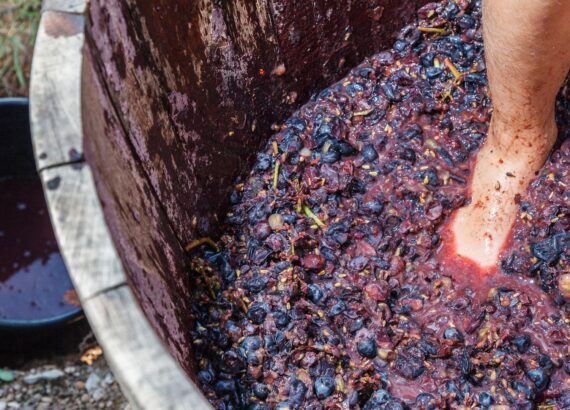

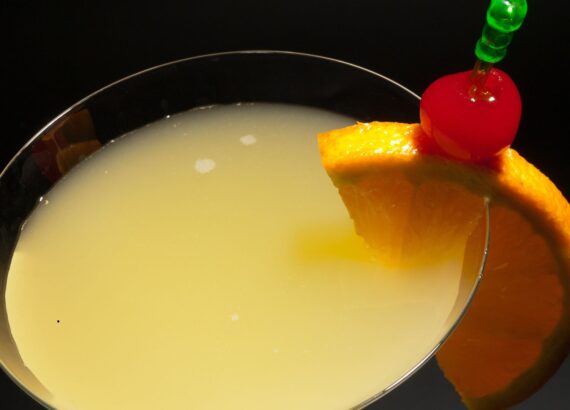


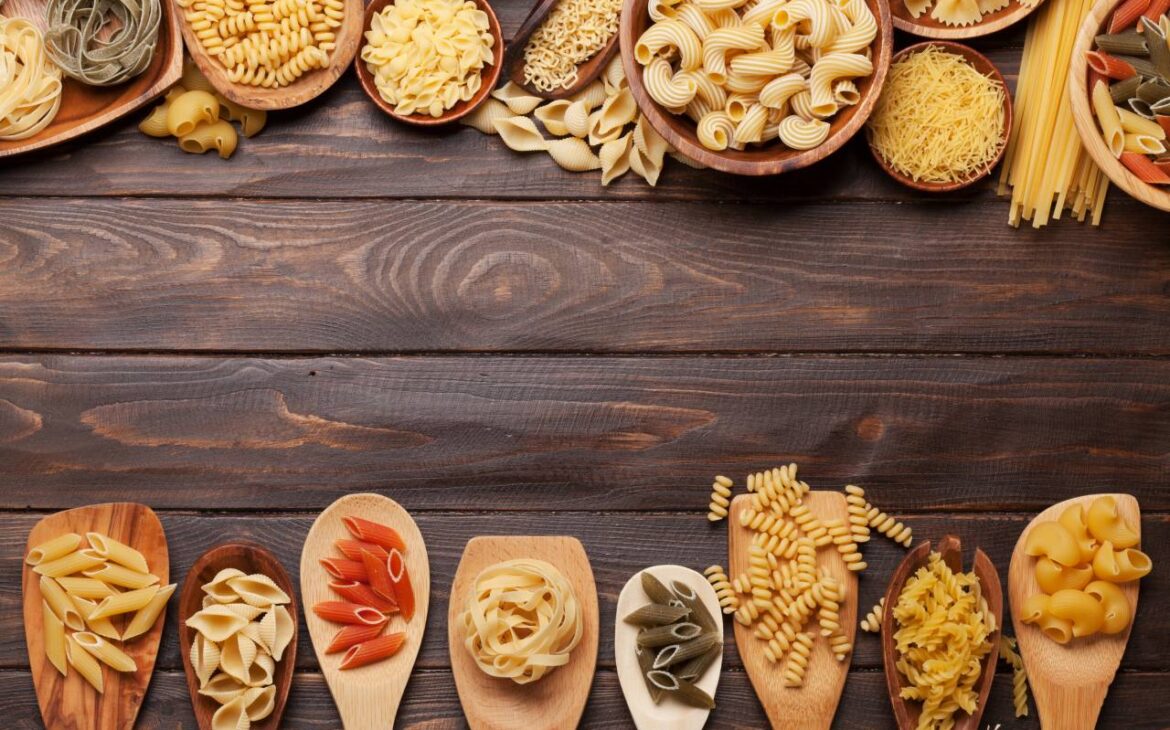
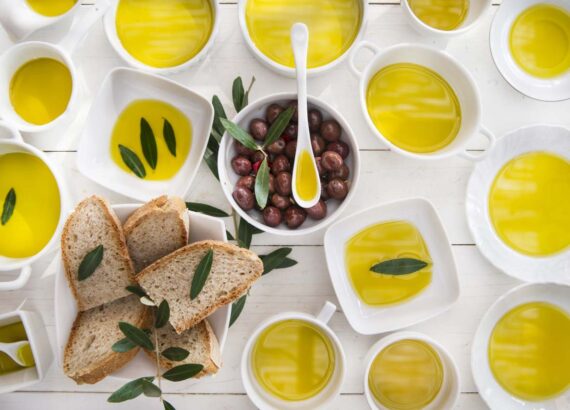


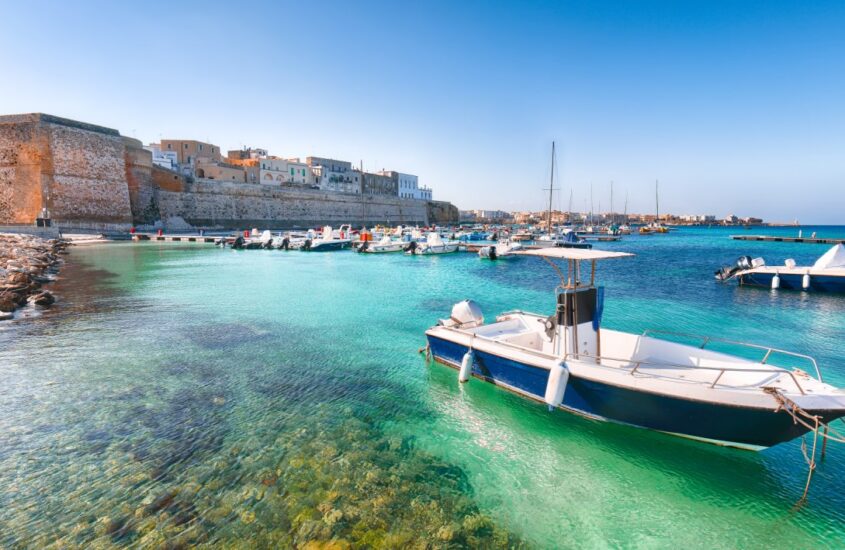

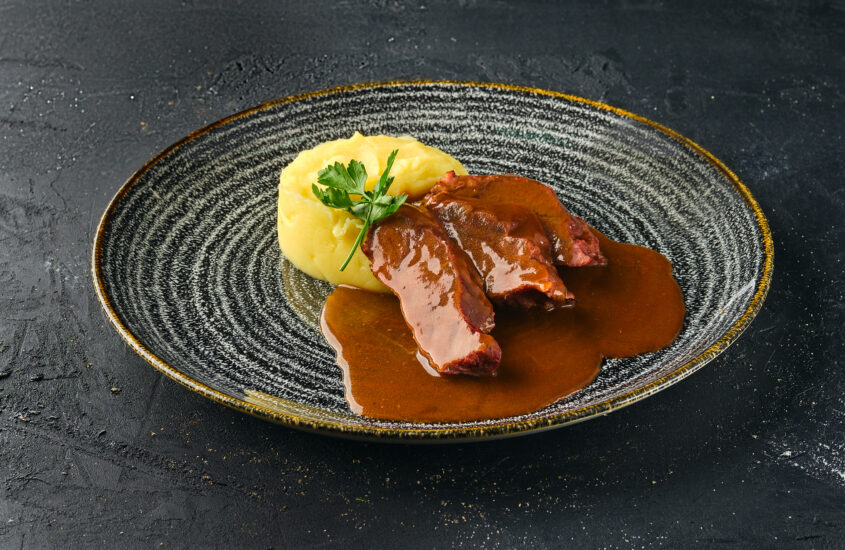
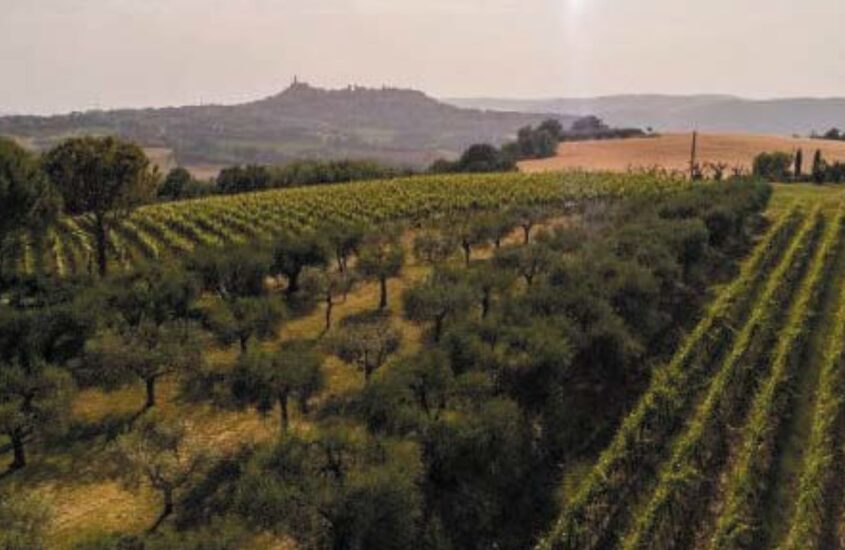
Comments are closed.